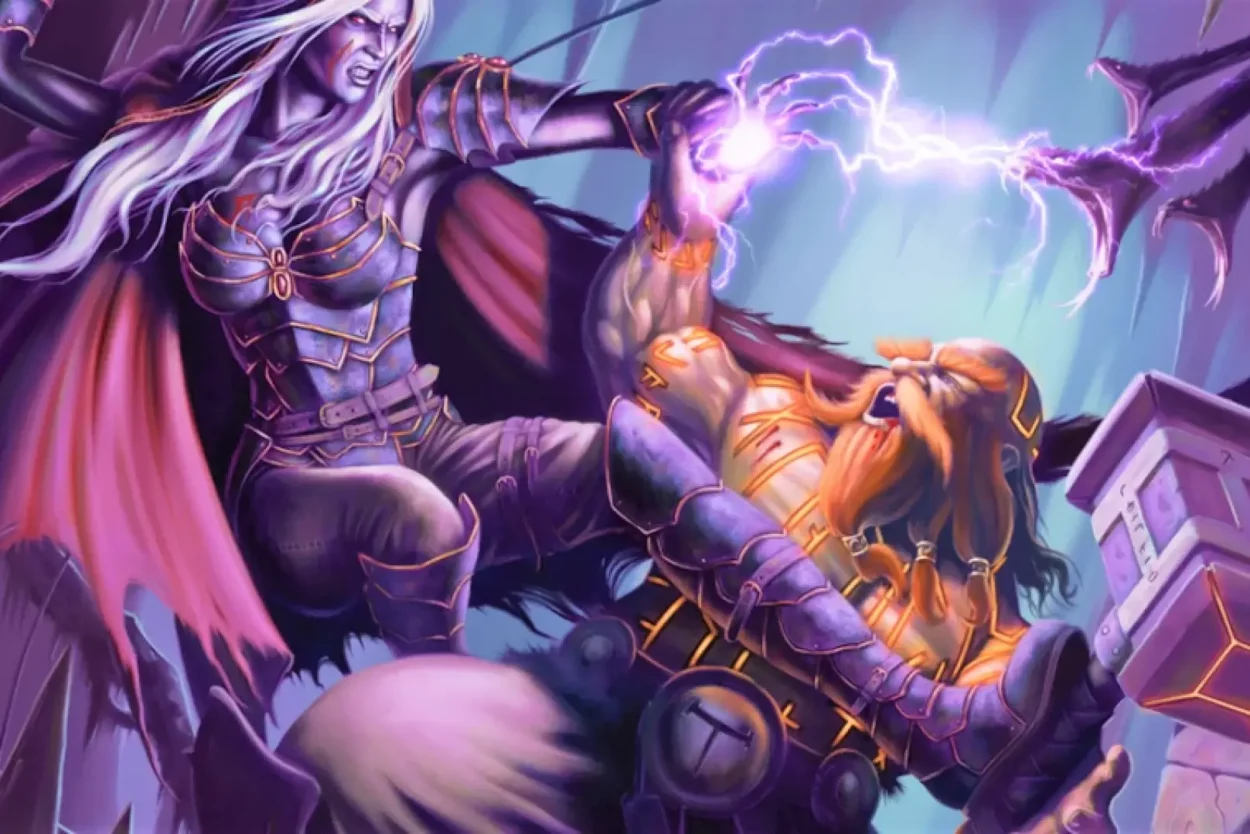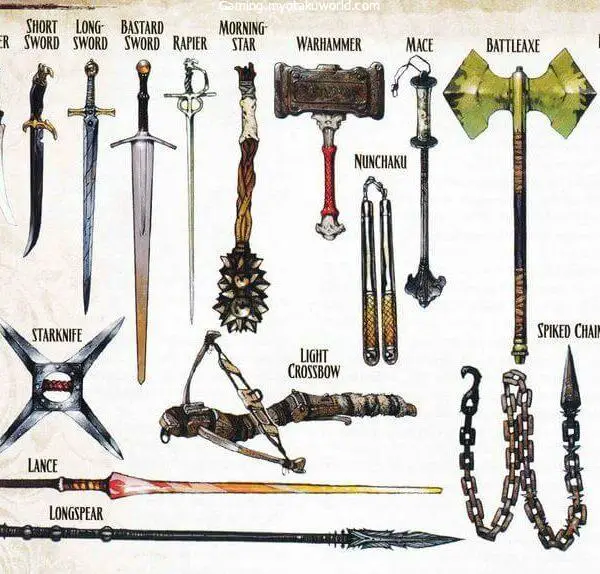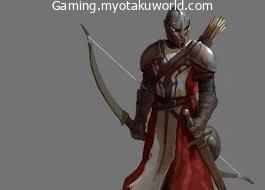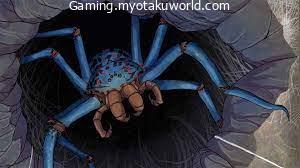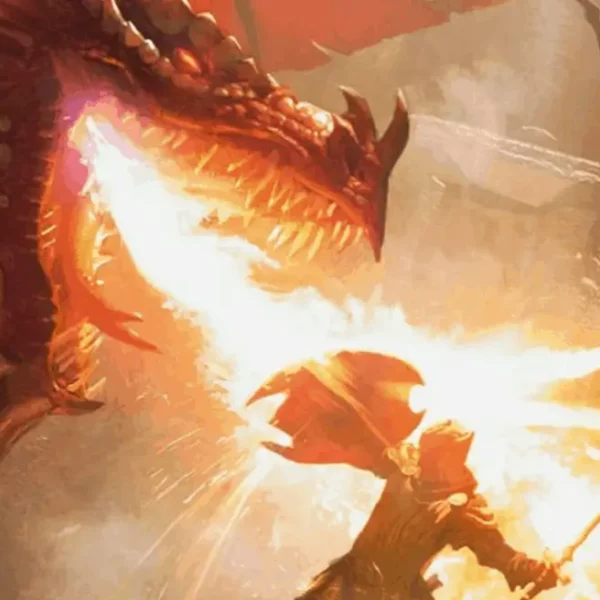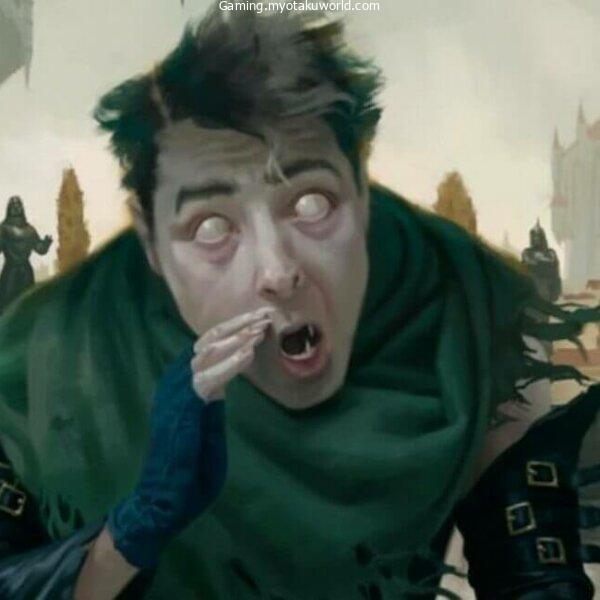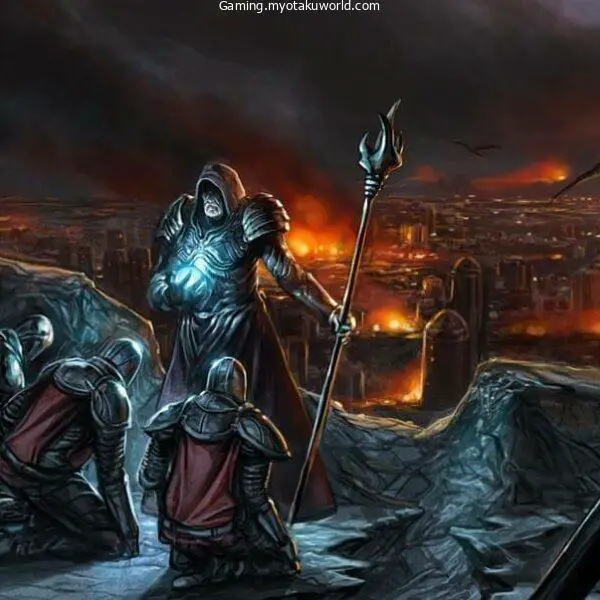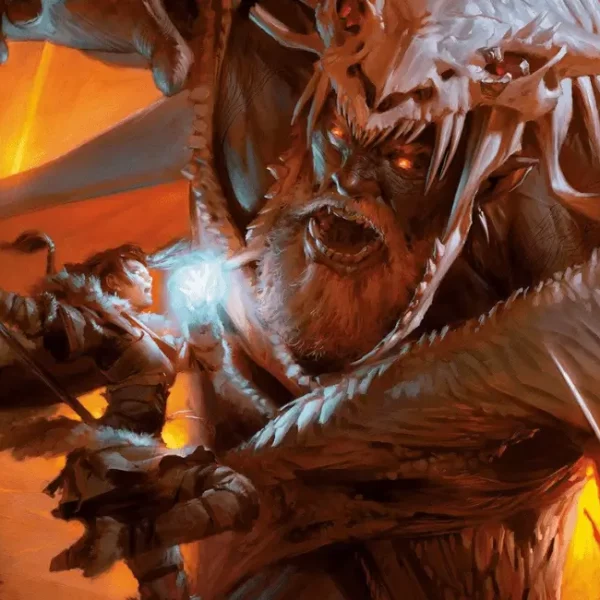Stopping an enemy from fleeing or jumping onto an opponent’s back, a massive creature, both require the player to use a grapple.
This guide will explain how to use grapple in the right circumstances and why you should be doing it more often.
The guidelines to use the Grapple can be found in the Players Handbook on page 195.
Grapple 5e
If you’re looking to take a creature and engage it in a fight, then you can use an attack action to create an attack that is a melee or such as a grapple.
If you can make multiple attacks using the attack action, the attack will replace one.
The object of your grip should be no bigger than you, and it must be within your reach. With at least one hand free, you attempt to capture the target using a grapple check instead of an attack roll.
A strenuous (athletics) check that is contested by the target’s strength (athletics) or dexterity (acrobatics) check (the user chooses which option to utilize).
The target is automatically successful if the target is incapacitated. If you’re successful, you’ll be able to subject the subject to the grapple condition.
The condition identifies the elements that will end it and allows you to let the target go whenever you wish (no actions are required).
The rules for grappling are clear. I define this as an attack that is part of an attack action. It is a substitute for any of the other attacks that you can create (provided that you can do several) but not the entire attack.
It is possible for a fighter who has two strikes to take on an opponent and then attack the opponent with an instrument.
The Grappled Condition

A creature that has been grappled’s speed decreases to zero, and it is unable to receive any bonuses for its speed. The condition is over when the grappler is disabled.
The condition can also end if an effect eliminates the creature from the grasp of the Grappler or the Grappler and/or Grappling Effect, like when a creature is thrown out through the Thunderwave effect.
If you can perform two or more attacks with the attack move it is possible to grapple an animal and then use the shove attack to knock it down.
A creature that is grappled has a speed of zero and cannot be able to get up. Additionally, melee attacks on a prone creature can be advantageous.
Exiting a Grapple
A creature that is grappled can make use of its ability to escape.
To accomplish this it must pass the Dexterity (Athletics) or Dexterity (Acrobatics) check that is contested with the strength (Athletics) test.
The movement of a Grappled Creature
If you move, you can drag or carry the creature you grappled with.
However, your speed will be cut in half unless it is at least two sizes smaller than yours.
What’s the purpose of Grappling?
The act of grappling itself doesn’t cause any harm, but can be an effective tactical advantage.
If a creature has been gripped, they are under the conditions of being in a grappled state. Their speed is zero.
It takes a full effort to get the breakthrough through the grip. When you tie up your opponent’s warrior or caster, the opponent has a choice to make.
An unsuccessful escape attempt is still considered a decision under consideration. This can allow you to win around them even if they can escape.
You may also employ grapples to move creatures and stop them from moving.
A grappled creature’s speed is reduced to zero, so the person trying to get away with their loot won’t be able to get far.
It is also possible to put animals in cages or prisons inside a cell when they’re not cooperating.
Grapple, as per the rules that have been written and verified as per the rules in place and confirmed by Sage Advice, cannot be employed to create an attack of chance.
It is a generally accepted house rule that allows this, however, it might be worthwhile to check that with your DM.
Grapples can be used for many purposes. It is a specific attack that can be used by anyone.
Reducing the speed of your victim to 0 offers strategic advantages, but it must be handled with care. A creature that is grappled can be attacked as well as cast spells.
What does the Grappler Feat do?

Grappler – Players Handbook page 167
The minimum requirement to be eligible for Grappler achievement is strength 13 or greater
You’ve acquired the necessary skills to be able to stand your ground grappling close to your opponent. The benefits you gain are:
You can gain an advantage in attack rolls against the creature that you grapple with. You can make use of your ability to attempt to secure a target after you have grappled with it.
To achieve this, perform another check of the grapple. If you are successful, both you and the creature are in control until the grapple has ended.
Breaking a Grapple using Magic
The condition that is grappled states, “The condition is also over when an effect takes the grappled creature from the grasp of the grappler or grappling effects, for instance when a creature is thrown into the air in an effect like the Thunderwave effect.”
Simple right? The person who is grappled casts Thunderwave. The person grappling does not pass the constitution check and is pulled 10 feet away, and breaks the grapple.
This can result in an intriguing scenario when a third party becomes involved, but.
There’s a grappler as well as a grapple. A caster comes within five feet of the two and then casts Thunderwave.
The grappler has passed a constitution-saving check and remains in place. The wrestler does not pass the constitution save and is then moved 10 feet from the caster, as well as the grappler. Right? Technically, yes.
As per the spell, the grapple is removed from the grappler’s reach. The grapple condition disappears.
House rules can come into play in specific situations such as the 3rd party casting or Thunderwave cutting the gripe.
It is recommended to think rationally and come up with an appropriate solution.
An option in this situation could be to offer the wrestler the opportunity to pass an athletics (STR) assessment.
The Spell DC If the STR check was passed, the grappler would have been able to hold onto the individual being wrestled, and the failure could have resulted in an immediate release. Always listen to the DM and take their advice.
Final Words
Grappling and the grappled state are essential and beneficial aspects of the gameplay. They can cause confusion and even chaos, however.
It’s a topic that pops up often or every day. Grapple, similar to many other unique features of the game, could add excitement to an otherwise boring situation.
